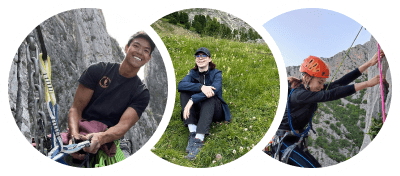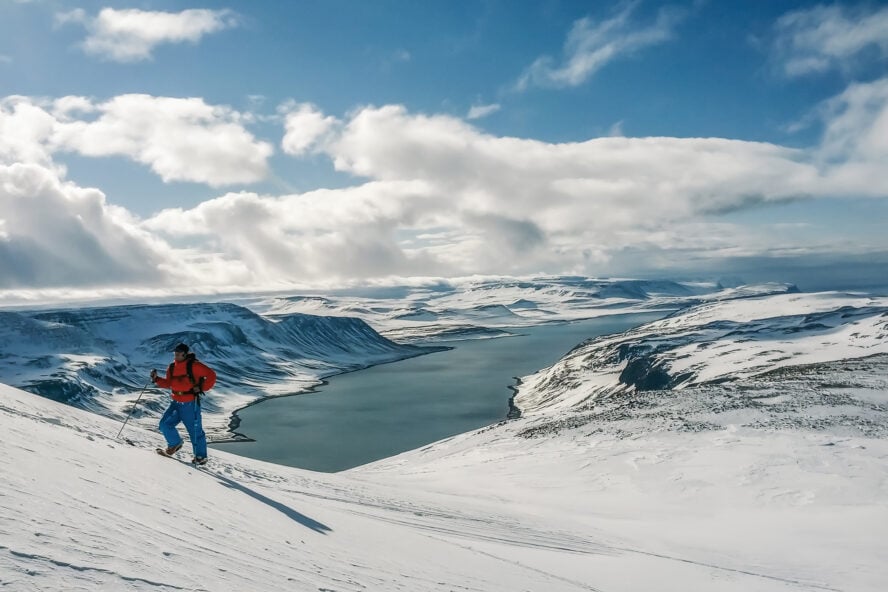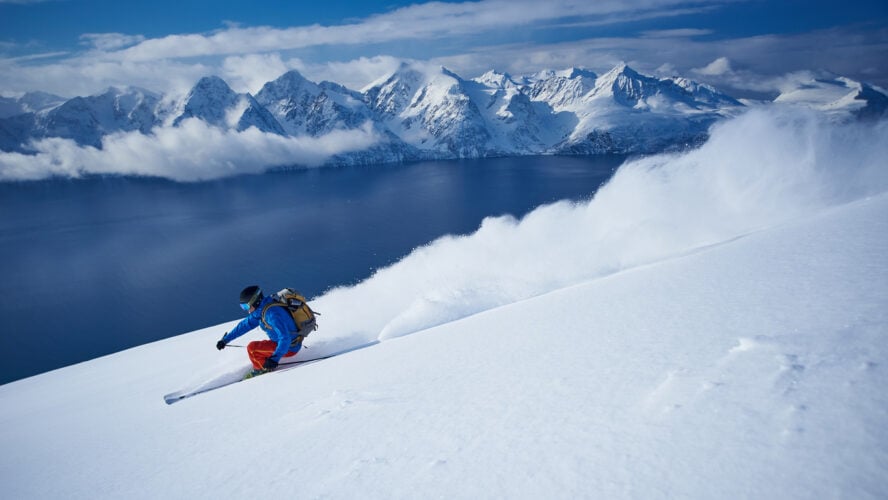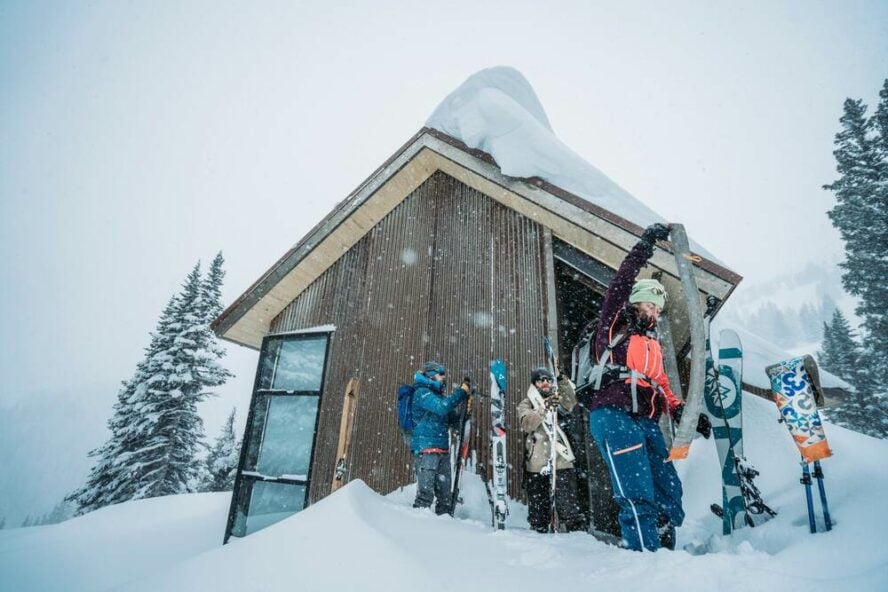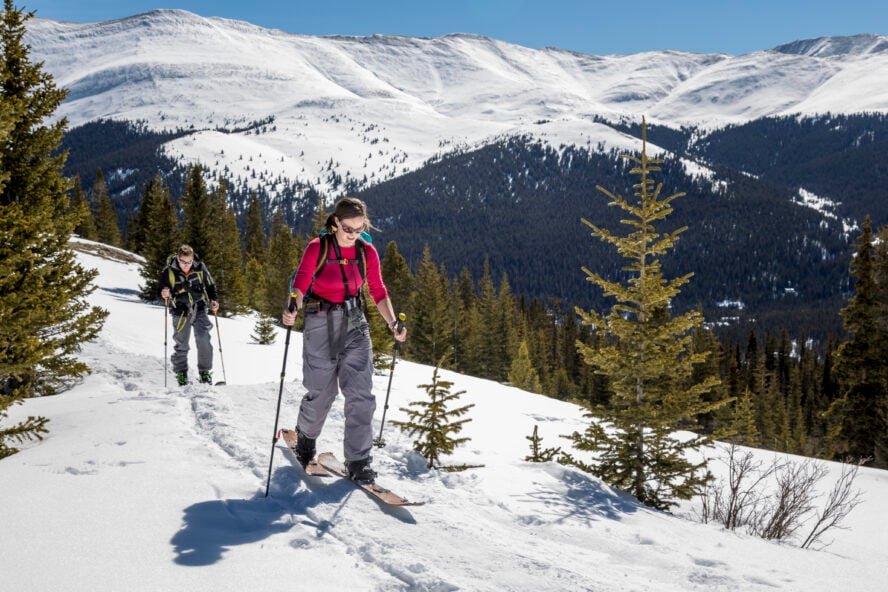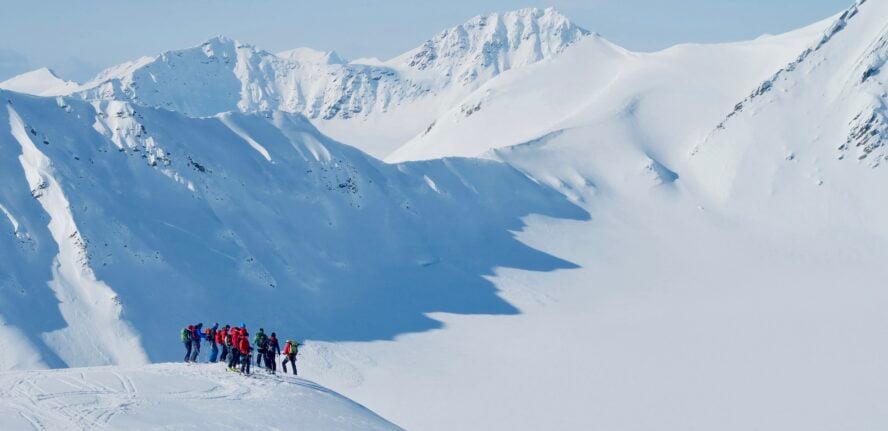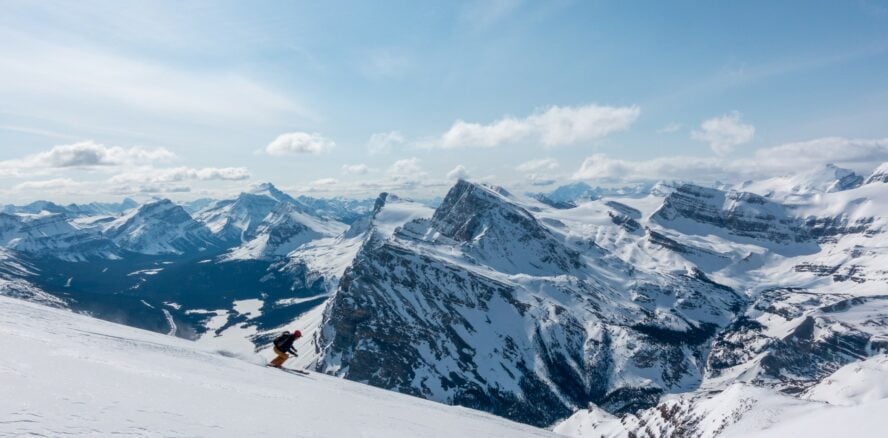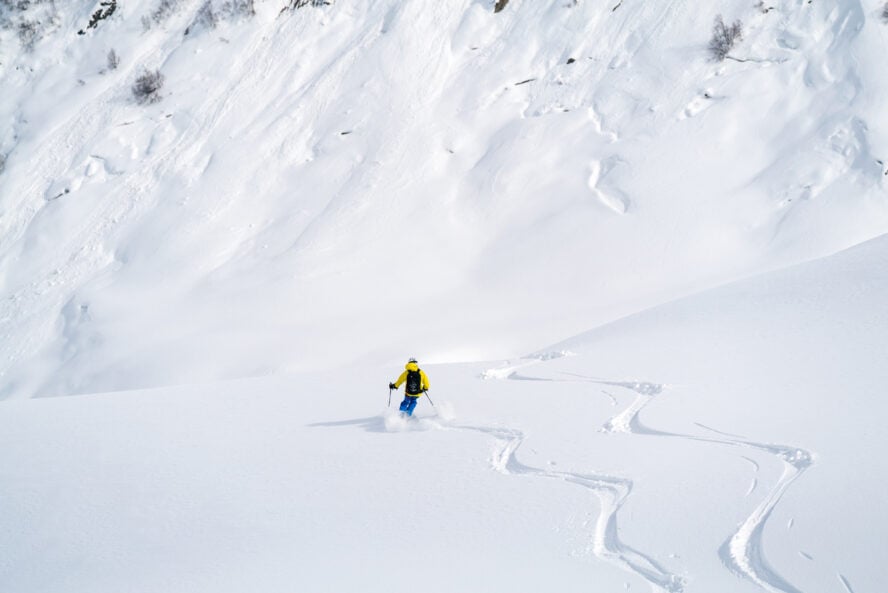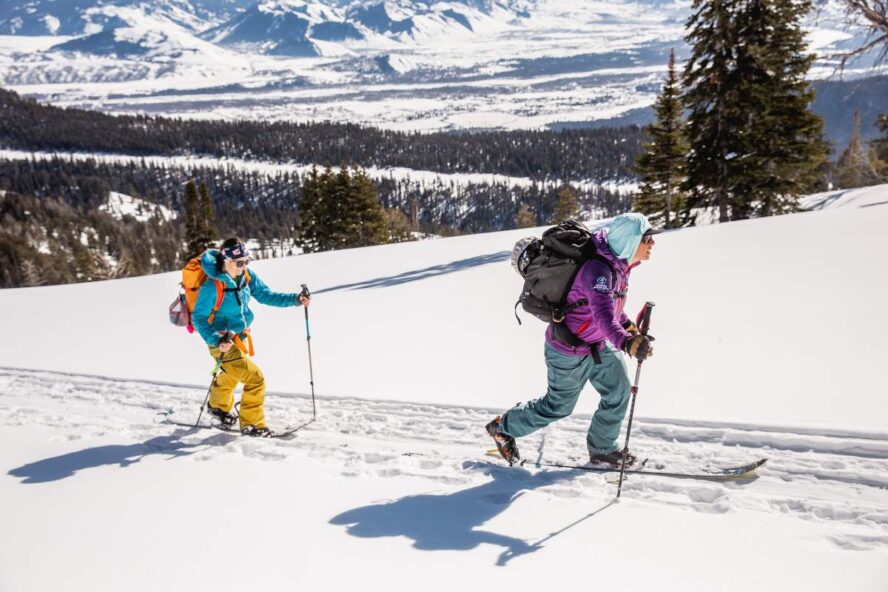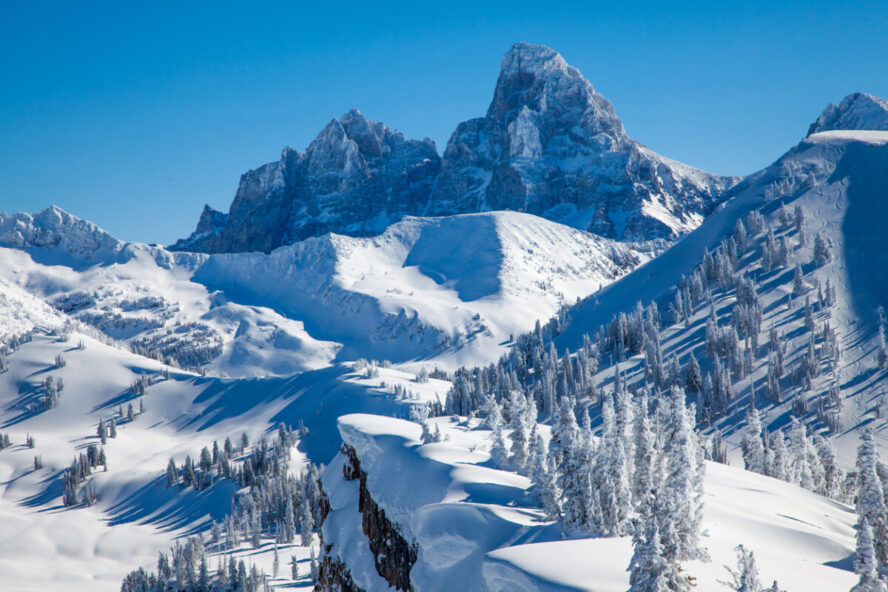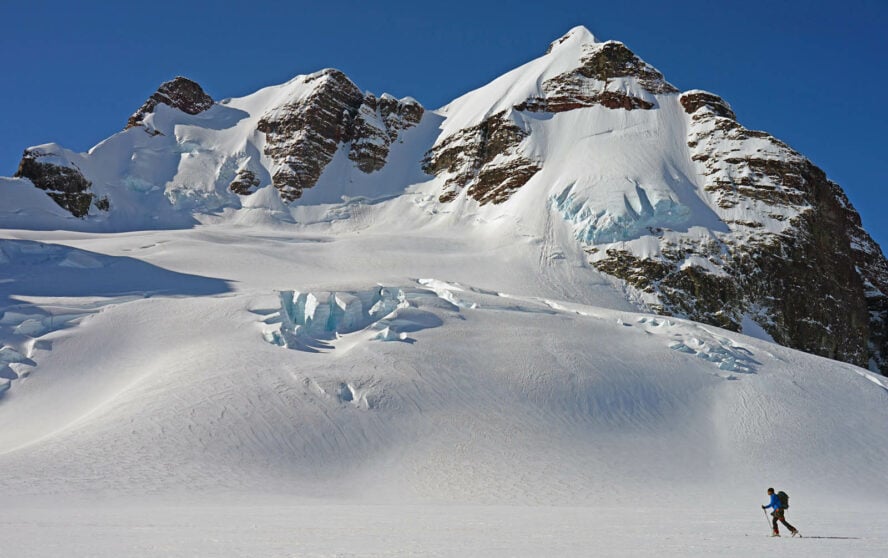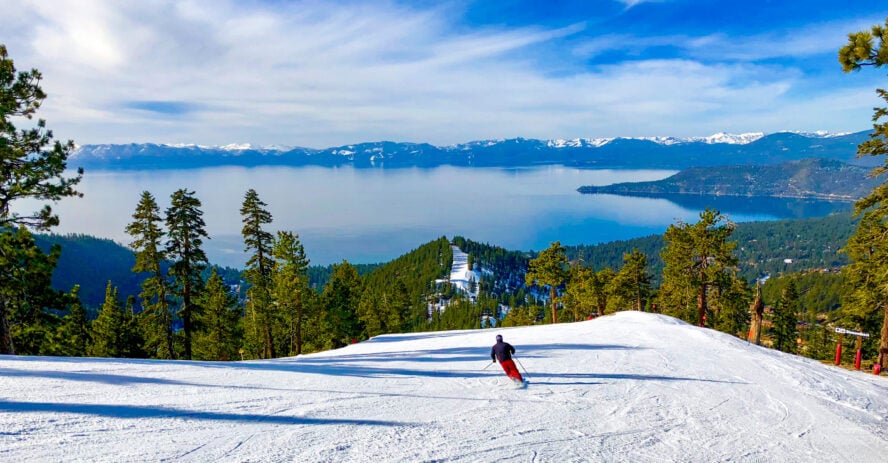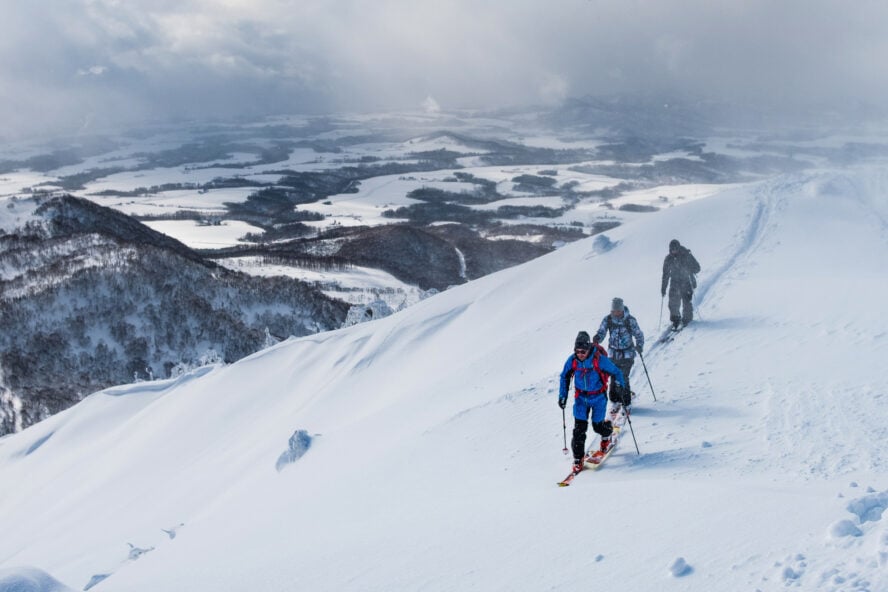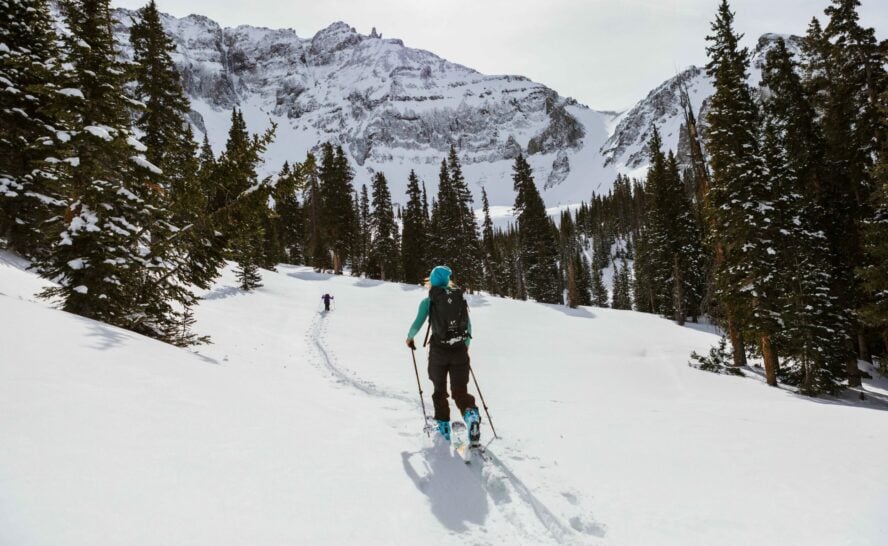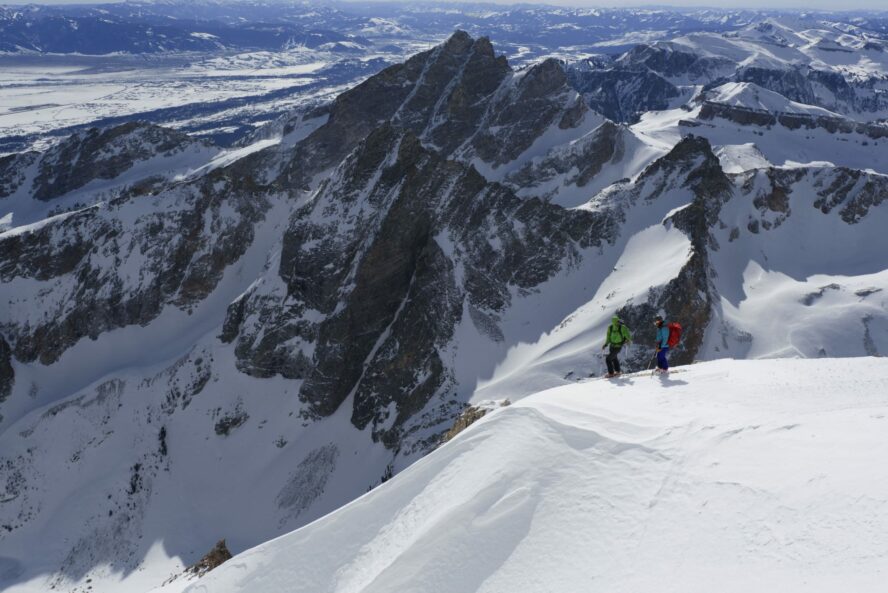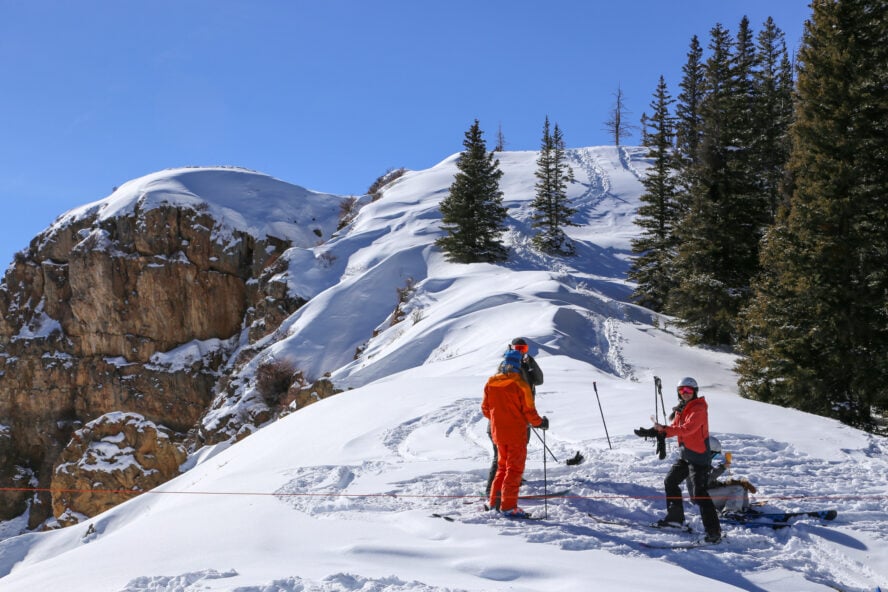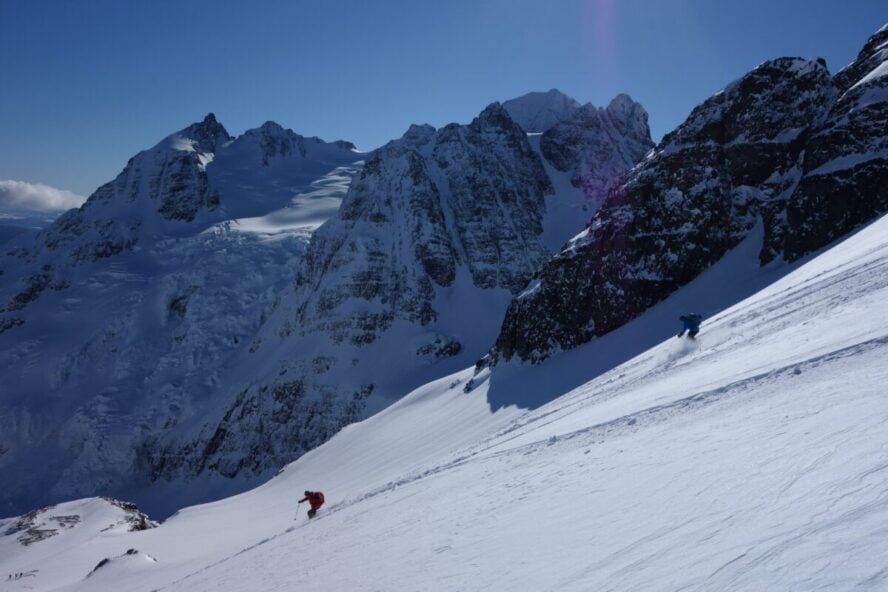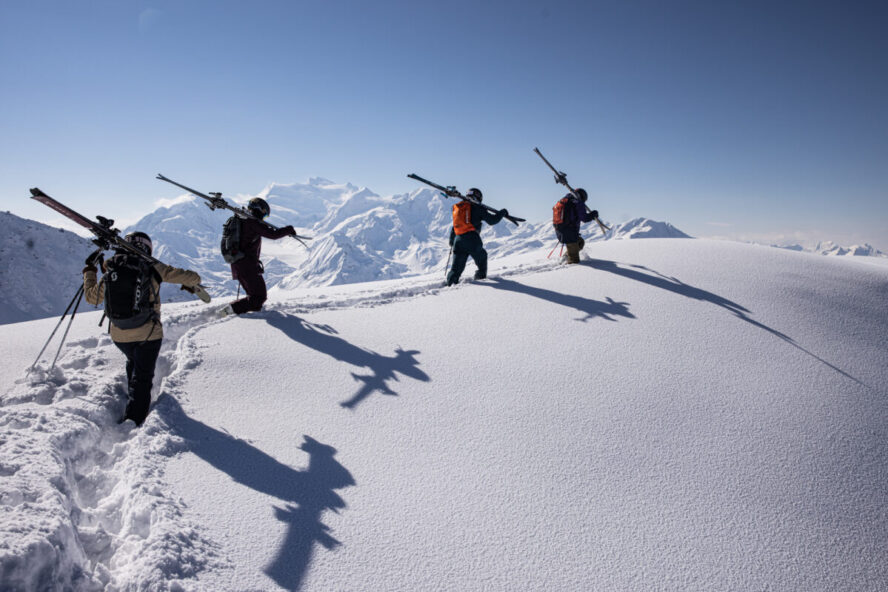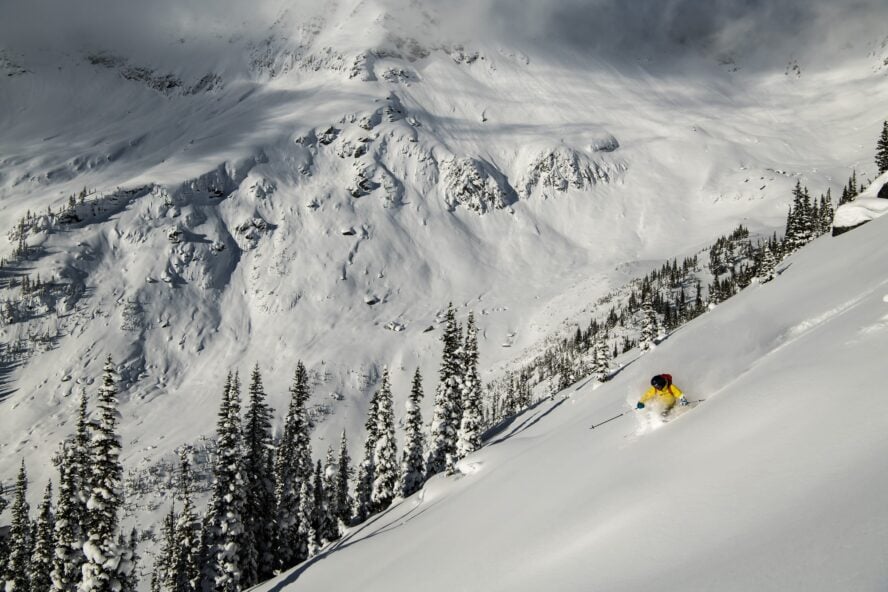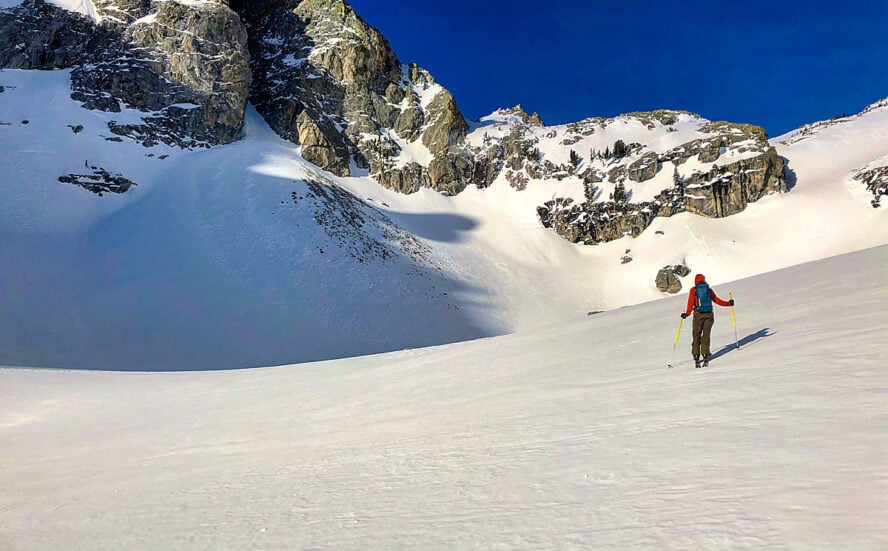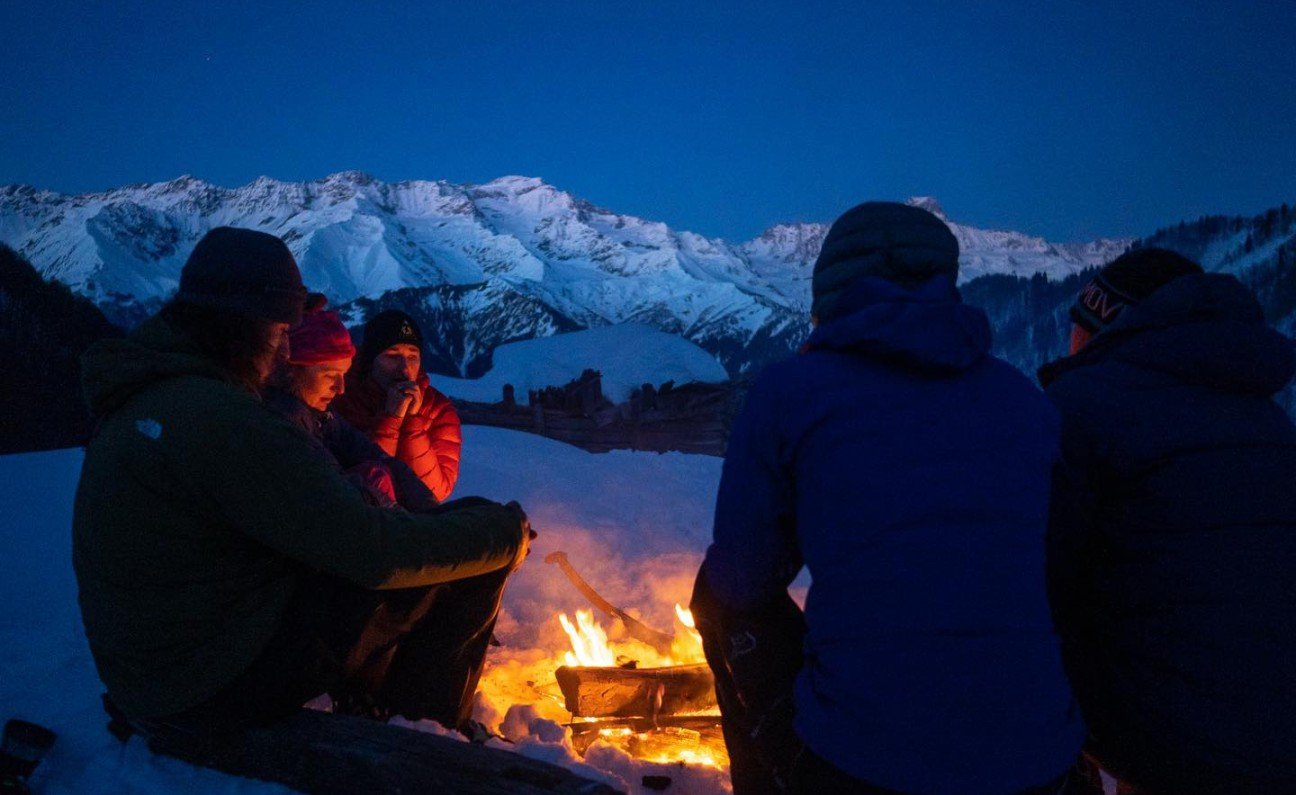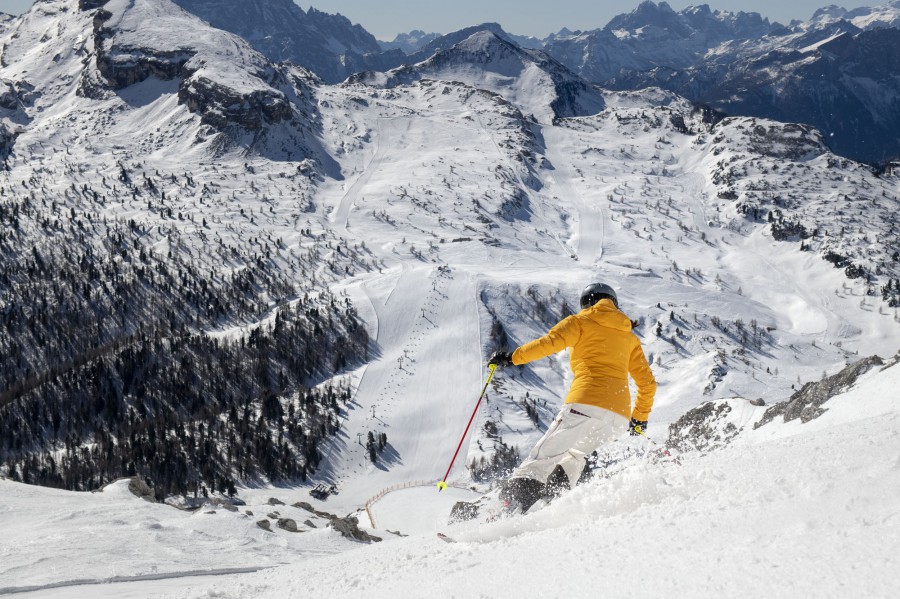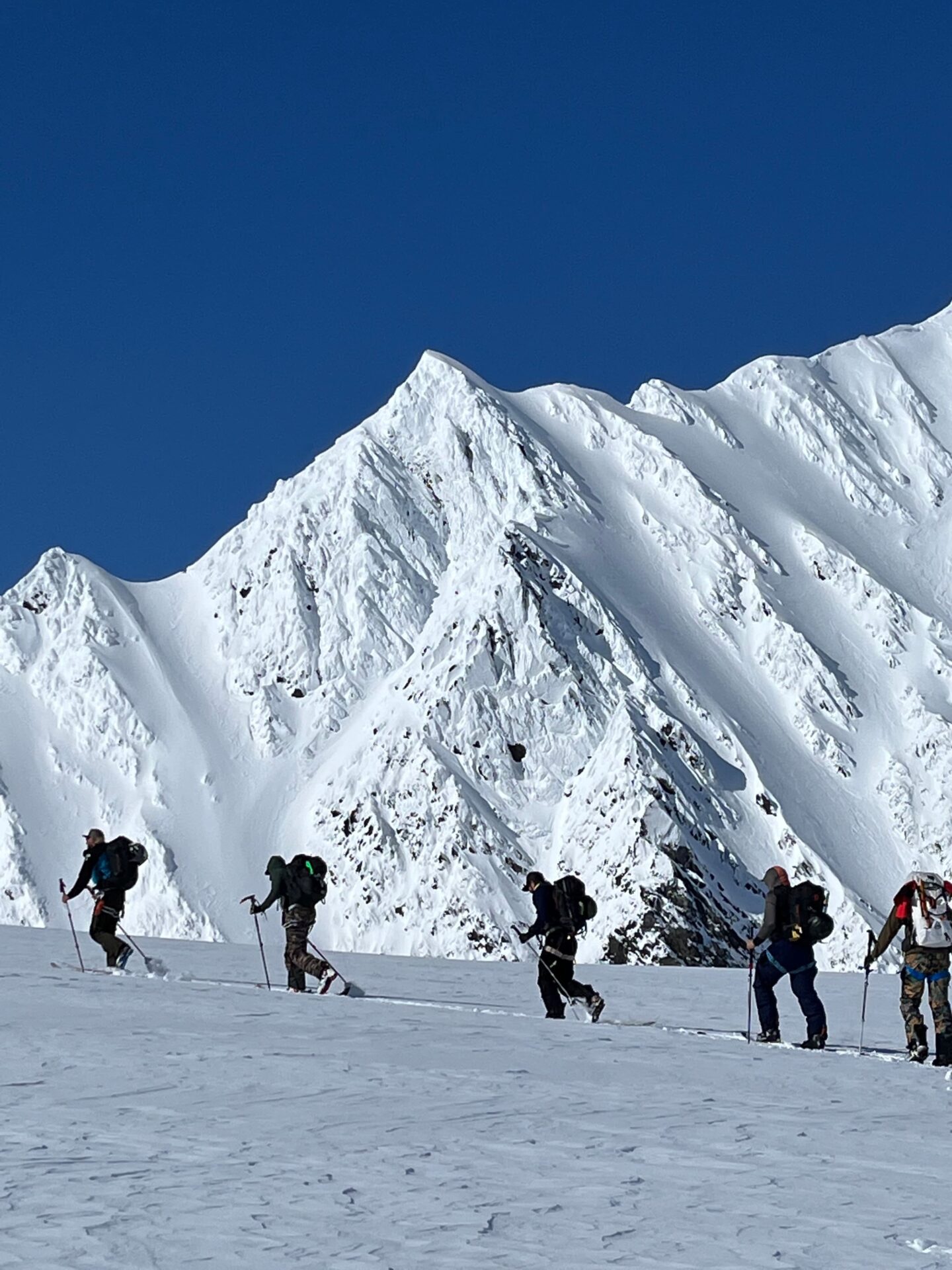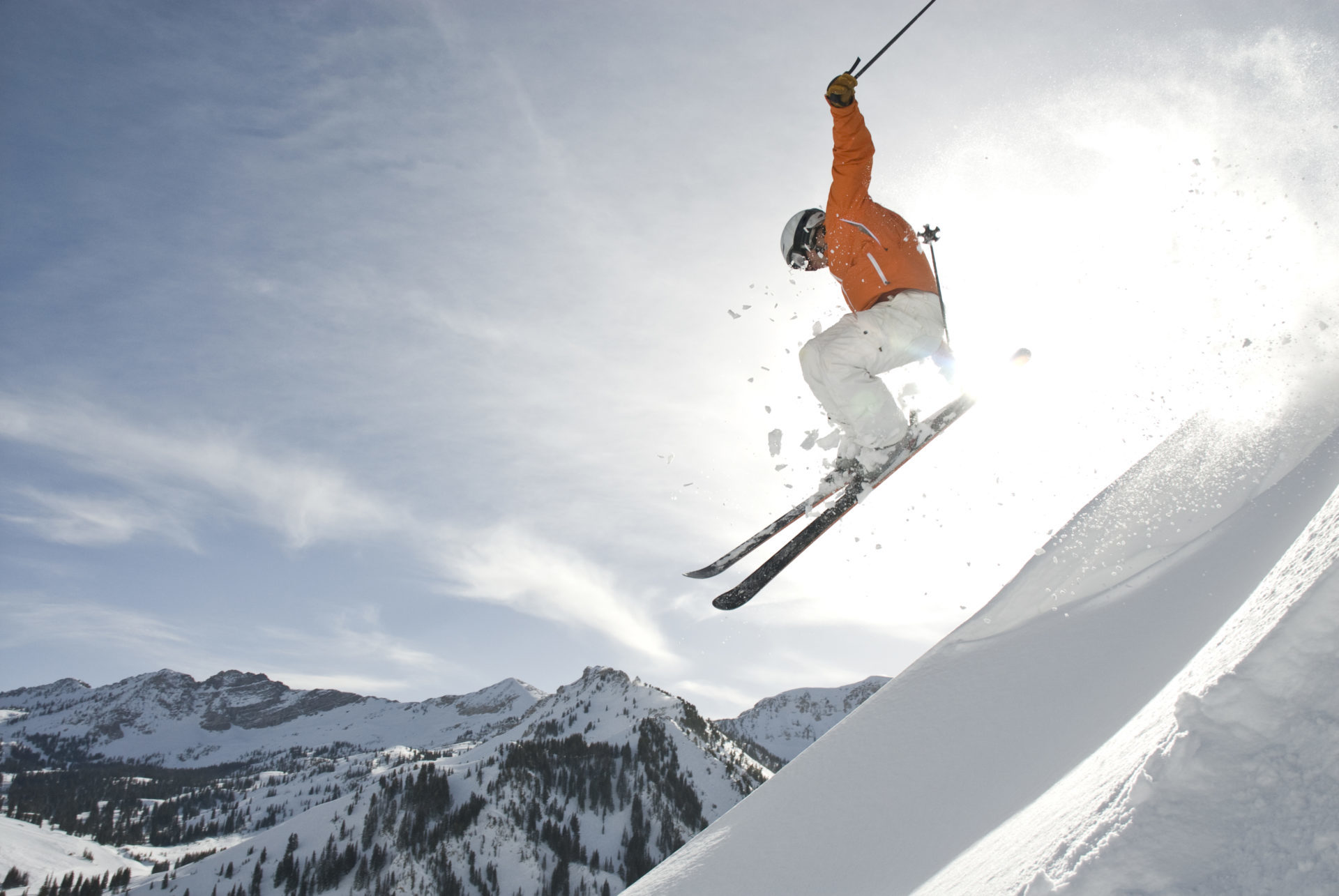Are you drawn to the allure of untouched snow and the promise of adventure? Here are 6 steps on how to start backcountry skiing.
1. Build your foundation: Skills and gear
Before venturing into the backcountry, ensure you’re comfortable on groomed runs and possess solid skiing skills. You don’t need to be a pro, but mastering parallel turns and navigating varied terrain is essential. Invest in the right gear—backcountry skis, lightweight bindings, and alpine touring boots designed for both ascent and descent. A pair of climbing skins, which attach to the bases of your skis for uphill travel, is crucial.
2. Get educated: Take a course
Knowledge is your best ally in the backcountry. Enroll in an avalanche safety course and a backcountry skiing clinic. These programs provide invaluable insights into snow science, terrain management, and safe travel practices. Understanding how to assess avalanche risk and read terrain is paramount for your safety.
3. Find a mentor: Ski with a guide!
If possible, tag along with seasoned backcountry ski guides who know the ins and outs of the terrain. Their experience will not only enhance your learning curve but also expose you to local knowledge, including the best routes and safety tips. A knowledgeable companion can also assist in navigating potential hazards, making your transition smoother.
4. Choose your terrain wisely
Start with low-angle slopes and accessible zones to build your confidence. Familiarize yourself with the local terrain and choose areas that are well-traveled and known for their safety. Use resources like guidebooks or online forums to identify beginner-friendly routes and track conditions.
5. Gear up: Safety essentials
Safety gear is non-negotiable in the backcountry. Always carry an avalanche beacon, probe, and shovel. A first-aid kit, a map or GPS, and communication devices like a satellite phone or radio are also essential. Familiarize yourself with how to use this equipment before you need it—practice with your beacon in a controlled setting.
6. Embrace the journey
Backcountry skiing is not just about the descent; it’s about the entire experience—the climb, the scenery, and the connection to nature. Embrace the slower pace of the ascent and take the time to appreciate the beauty around you. Remember, every great skier started as a beginner, and the mountains are as welcoming as they are challenging.

